
Lesotho Highlands Water Project – Lesotho
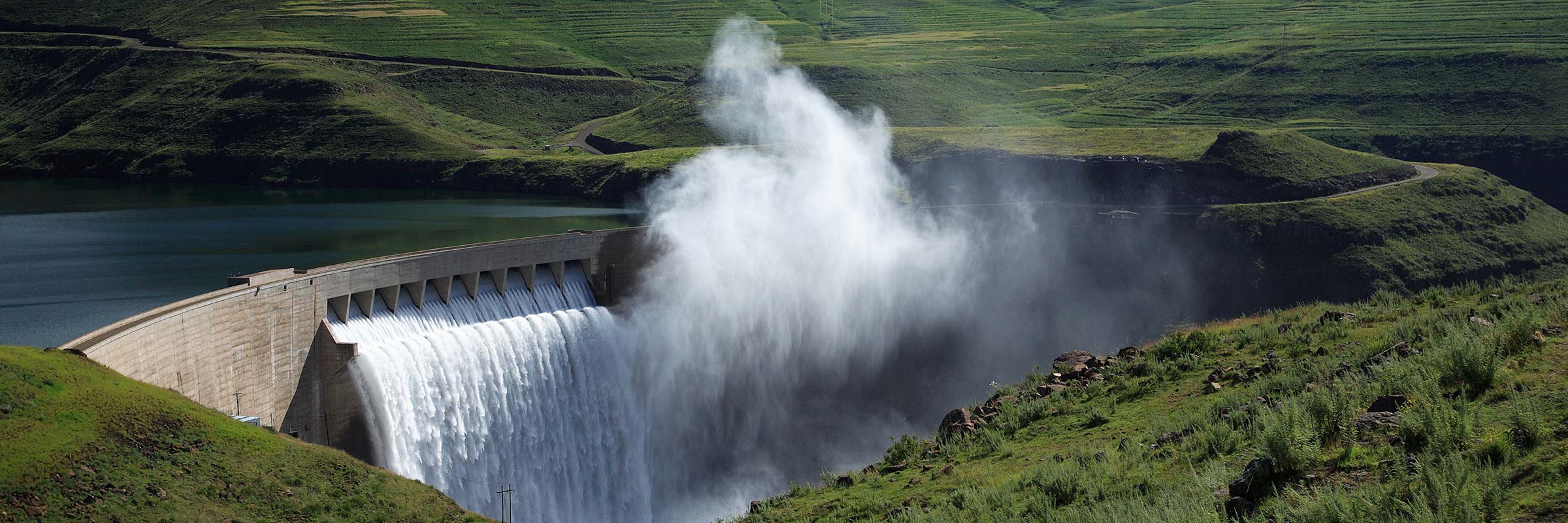
The Lesotho Highlands Water Project (LHWP) comprises a system of several large dams and tunnels throughout Lesotho, which delivers water to the Gauteng region of South Africa via the Vaal River System. It is the largest water transfer scheme in Africa.
In collaboration with members from the Metsi a Senqu-Khubelu Consultants Joint Venture, SMEC is providing construction monitoring and administration in Stage ll for the Polihali Transfer Tunnel Project for the next five years. SMEC has been involved with the design and construction of major works for the Lesotho Highlands Project since 1988 when designs for the Phase lA works commenced. The Polihali Transfer Tunnel appointment serves as the MSKC JV’s second appointment on Phase II after being selected for the design and construction supervision of the Polihali Diversion Tunnels in September 2016.
Phase II will increase the current water transfer rate of 780 million cubic metres per annum incrementally to more than 1,270 million cubic metres per annum. At the same time, the quantity of electricity generated at the Muela hydropower station will exceed 500 GWh per year and is a further step in the process of securing an independent electricity source to meet Lesotho’s domestic requirements.
Lusaka Water Supply, Sanitation and Drainage Project – Zambia
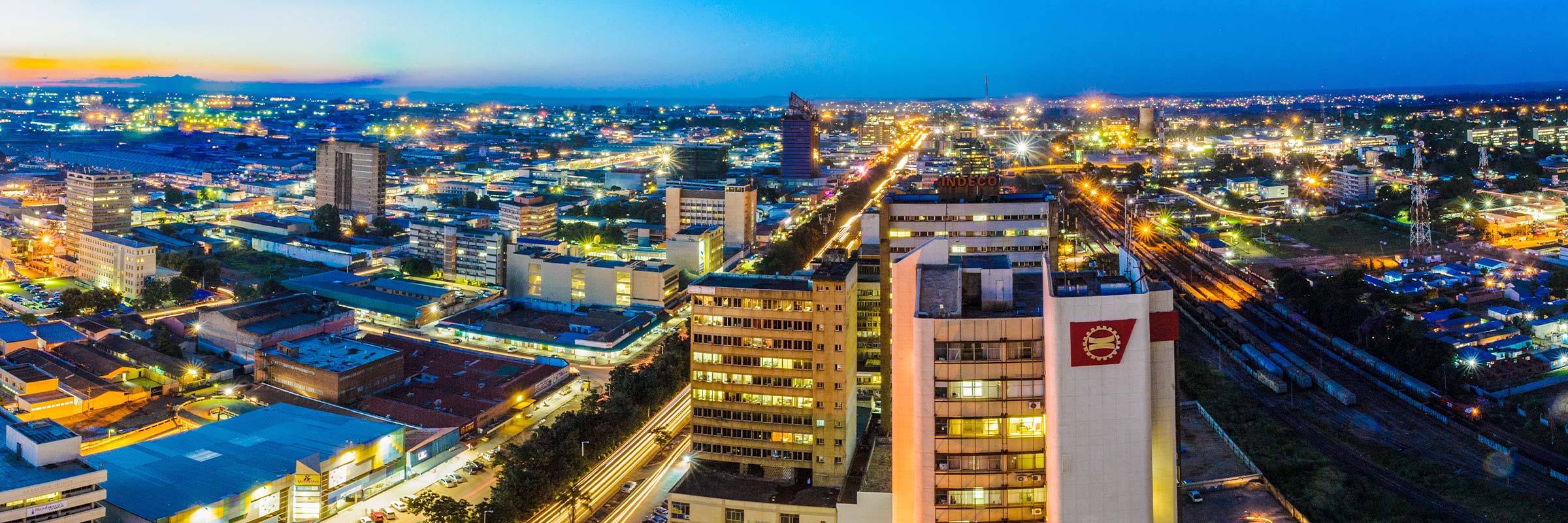
The Lusaka Water Supply, Sanitation, and Drainage Project aims to develop a comprehensive sanitation improvement and investment strategy, across the entire Lusaka Province in Zambia. Both the strategy and Lusaka Sanitation Master Plan will be crafted through a participatory method and will adhere to the principles of the Citywide Inclusive Sanitation (CWIS) Approach.
The project planning will focus on targeting margainalised and underserved communities within the area, ensuring sustainability through investment decisions align with both capital and operational budgets, prioritising long-term operation and maintenance as well as enabling gradual and progressive growth opportunities that leverage existing infrastructure.
Further strategic management and technical assistance will also be provided, with project completion expected in 2024.
Juba City Strategic Water Supply and Sanitation Project – South Sudan
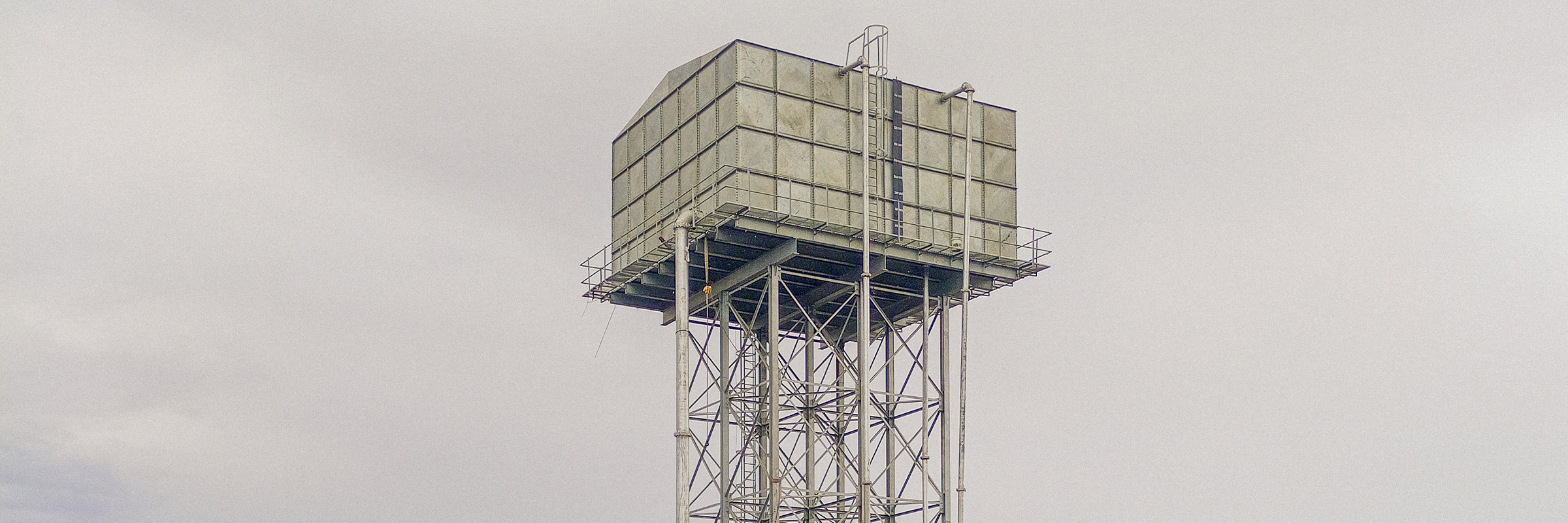
The Juba City Water Supply Project commenced in 2021 when the South Sudan Water Corporation received financing from the Africa Development Fund to develop the Strategic Water Supply and Sanitation Project (SWSSIP).
SMEC was appointed to undertake feasibility studies, detailed designs, tender documentation, and construction supervision for the refurbishment of 71km of the distribution and sub-distribution network and sections of the intake/plant and outlets of the Juba water supply system.
Currently in the second phase (detailed design), the proposed hydraulic design combines approximately 121km of water pipeline, consisting of the current 71km distribution network, and adding a 50km extension.
The integrated supply network will ensure there is proper water flow and pressure throughout the entire water supply network. The upgrades will cater to 3,085 households, serving around 276,000 people with safe and clean water within the surrounding communities. The project is expected to be completed in 2024.
Snowy 2.0 – Australia
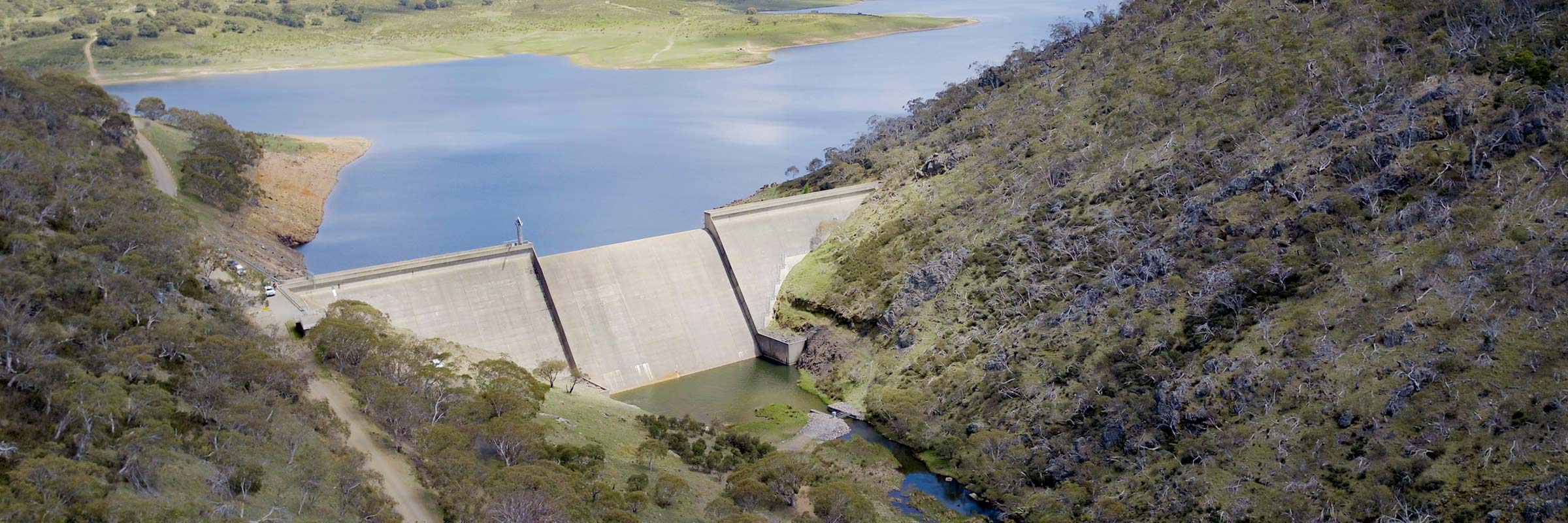
SMEC is the Owners Team for Snowy Hydro Limited, delivering Snowy 2.0, the next generation of the iconic Snowy Mountains Hydroelectric Scheme in Australia. The completion of the project will provide 2000 megawatts of dispatchable, in-demand renewable energy and approximately 350,000 megawatts hours of large-scale storage to the Australian National Electricity Market. Creating a positive impact, SMEC’s technical specialists are providing technical excellence and advice from internationally recognised specialists and engineering support to help deliver this iconic and innovative renewable energy scheme.
Borumba Pumped Hydro Project – Australia
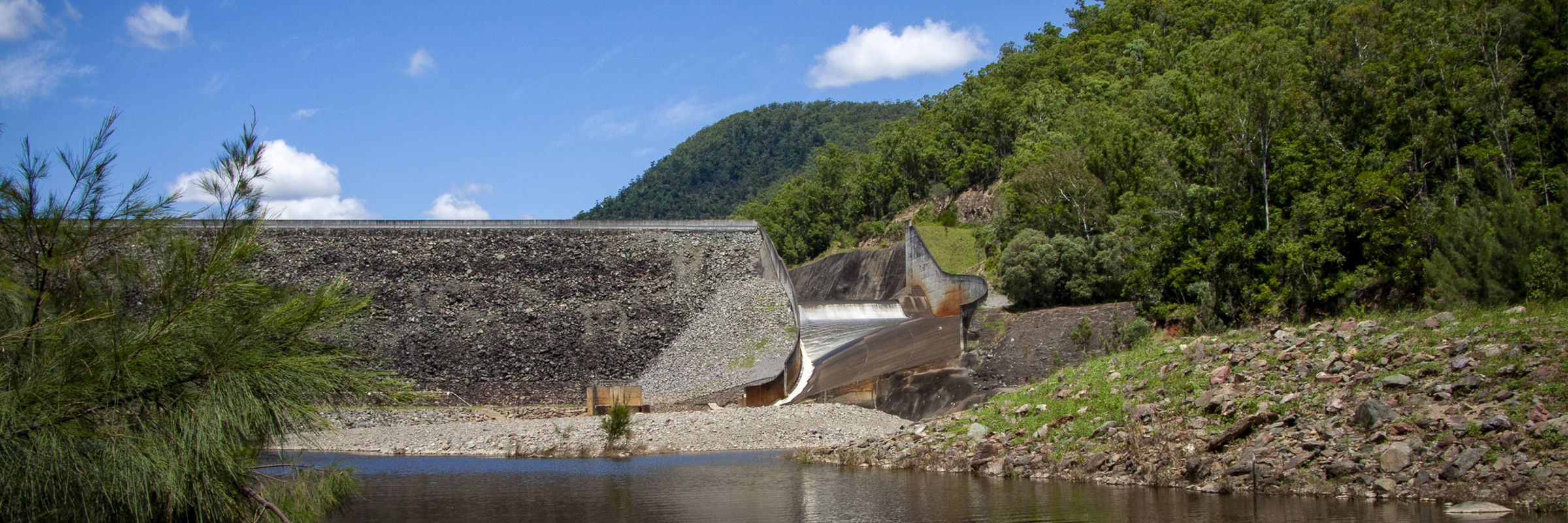
Pumped Hydropower will play a key role in Australia’s transition to renewable energy, and once delivered, the Borumba Pumped Hydro Project will power up to two million Queensland homes with 2 GW of energy and 24 hours of storage capacity.
Working alongside our client Queensland Hydro to deliver the next generation of hydropower to the Australian market, SMEC prepared the reference design and are supporting the crucial front-end engineering design.
Asset Renewals and Replacement Program – Australia

AssetReady, a joint venture between WSP and SMEC, has been engaged by WaterNSW to deliver engineering services on the Asset Renewals and Replacement Program (ARRP).
The ARRP is a three-year program to deliver efficient, high-quality, and cost-effective solutions to the management of vital water assets across the state of New South Wales (NSW), Australia. This is a vital program when considering Australia’s preparedness for extreme weather and climate change events.
The AssetReady team will deliver the Design Program which involves investigating and designing the renewal of a diverse range of assets including water infrastructure renewals and replacements: pipelines, pump stations, civil assets, mechanical and electrical, fishways and minor dam upgrades, and catchment protection solutions.
Ulu Jelai – Malaysia

Located in the Cameron Highlands of Malaysia sits the impressive 372MW Ulu Jelai Hydroelectric Project. Commissioned in 2016, the project aimed to help meet Malaysia’s demand for electrical power and is designed to make the most of the dam’s location in a narrow valley on the Bertam River.
The reservoir, which has a surface area of 950,000 square metres and a storage capacity of 24 million cubic metres, is located 350 metres above the underground powerhouse, thus providing the head difference available for power generation before the water is released back into the Bertam River, about six kilometres downstream of the main dam.
Apart from the seven-kilometre-long power waterway, the project includes two weirs and two water transfer tunnels of 7.5 and 8.5 kilometres in length, which divert water to the main dam from the neighbouring Lemoi and Telom River catchments. The two water transfer tunnels contribute to about 67% of the combined flow of water available for power generation, making the project economically viable.
The project also has residual impacts, with housing and infrastructure improvements to local communities in the area, boosting the local economy.
Rewa River – Fiji

SMEC has been appointed for the construction management and supervision of Rewa River Water Supply Scheme project. The Design Build Operate (DBO) contract is comprised of a raw water intake structure and pumping station on the River Rewa, 40 MLD Water Treatment Plant, (with the capacity to increase to 80 MLD in Stage 2 and ultimately to 100 MLD), 5 ML capacity treated water storage reservoir and pumping station, transmission pumping pipeline, private road, 2 x pipe bridges (160m and 35m) and 10 ML Service Reservoir.
The Rewa River Water Supply Scheme aims to address the current and future shortfall in bulk water supply and wastewater treatment capacity, thereby improving water supply reliability across the Suva-Nausori water supply system. It will also provide bulk water supply and water treatment capacity to allow the servicing of areas not currently supplied with reticulated water and to accommodate future growth within the Suva- Nausori water system.
As a result, the overall project will increase the capacity of the Water Authority of Fiji (WAF) to provide safe water and sewerage services to the urban population of the greater Suva area, where approximately 30% of Fiji’s population lives. In this context, the water supply subproject will build infrastructure to increase water production by 20% in the GSA.
The Fiji Urban Water Supply and Wastewater Management Investment Programme is financed by a loan from the Asian Development Bank (ADB), with co-financing from the European Investment Bank, the Green Climate Fund and counterpart funding from the Government of Fiji. The executing agency is the Ministry of Economy and the implementing agency is WAF.
The project is expected to be completed by the end of 2023.
Irrigation and Drainage Improvement Project 2 (IDIP2) – Kazakhstan

Kazakhstan is a water-deficient country with climate change putting pressure on the volume of water available for use. An increase in irrigated land is possible only with the introduction of water-saving technologies during irrigation.
The project will introduce modern approaches in infrastructure design, in using information and communication technology to improve irrigation management, in demonstrating modern techniques in farming, and in supporting key regulatory and institutional reforms to modernize the irrigation sector.
SMEC’s role is also to strengthen the capacity of farmers and farm managers in efficient water management and sustainable agriculture production facilities. Training is being provided to the irrigation water suppliers, the agriculture cooperatives, and farmers to ensure optimised efficiency across the usage chain.
The modernisation program will improve irrigation and drainage service delivery to approximately 10,000 farms located in the Almaty, Kyzylorda, South Kazakhstan, and Zhambyl Provinces. The project with 2,547km of irrigation canals helps irrigate over 105,000 ha of farmland, serves 157,364 people and acts as the primary lifeline for the region in providing irrigation and drainage facilities.
Chennai Perur Desalination Plant – India

Construction of the 400 million litres per day capacity Seawater Reverse Osmosis Desalination Plant at Perur, South of Chennai has commenced with dredging works to lay intake and outfall pipelines into the sea. Seawater will be brought into the plant through a 1.8 km HDPE pipe network measuring 2,500 mm in diameter and sunk at a depth of 10 metres. Once treated the water will be transmitted through a distribution system measuring approximately 59 km to a new pump house and pump facility at Porur, which will be connected to a further 18 water distribution stations
This project will increase available fresh water for the metropolitan area and reduce the pressure on local water resources, helping preserve natural habitats and protect biodiversity. It is anticipated that the desalination plant will secure Chennai’s water supply for the next 50 years and will be the fourth facility in the city, helping to ease the city’s water deficit. The expected completion date for the project is 2027.
 Celebrating International Women in Engineering Day: Insights from Female Engineers at SJ Group
Celebrating International Women in Engineering Day: Insights from Female Engineers at SJ Group
On this International Women in Engineering Day, we celebrate the incredible contributions of females in the engineering field who have enhanced our everyday lives and are helping to build a brighter future. This year’s theme, ‘Enhanced by Engineering,’ highlights the significant impact that women engineers have on innovation and sustainable development. We spoke with three accomplished engineers from the Surbana Jurong Group - Esther Wangari, Mobina Zafar, and Helen Baxter-Crawford - to gain their insights and experiences in the industry.







